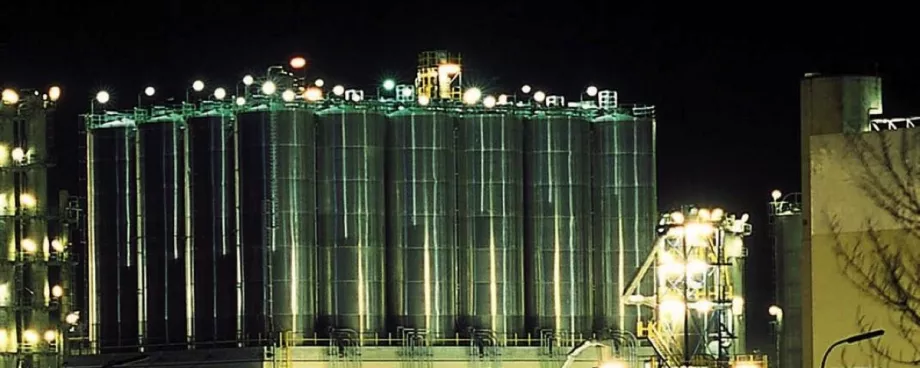(From the archive of ”bulk solids handling", article published in Vol. 32 (2012) No. 4 , ©2012 bulk-online.com)
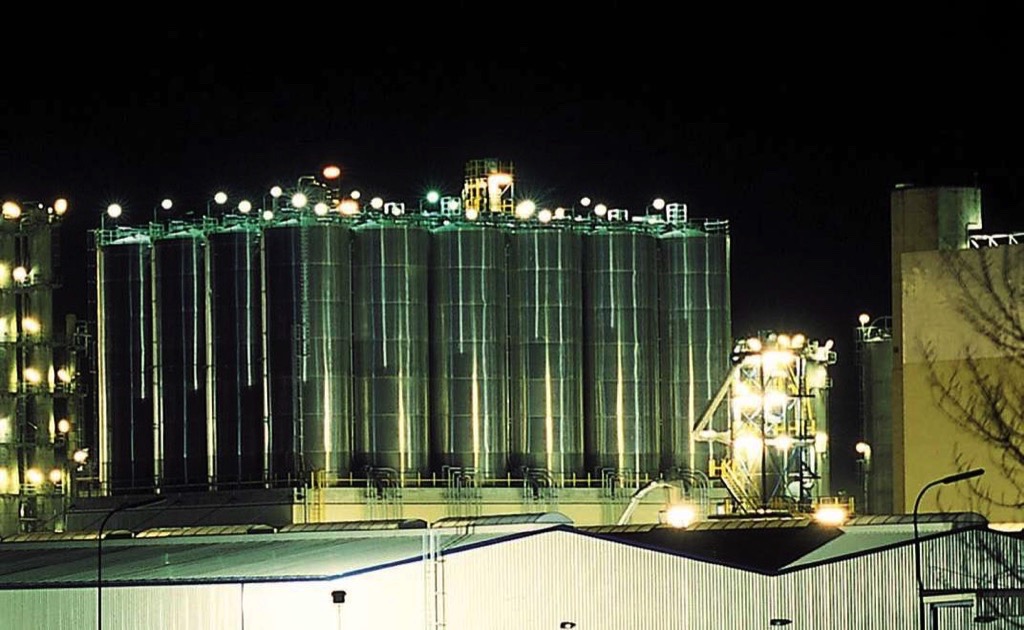
Zeppelin Systems has a long history, stretching back over the past century to when Graf von Zeppelin first developed his legendary airships. After Zeppelin had stopped producing airships, they went on and founded numerous companies which continue to be successful in various markets in today's industry. One of these companies is Zeppelin Systems, a leading manufacturer of plants for storing, conveying, dosing, weighing, cleaning and blending premium bulk solids. Zeppelin Systems design and manufacture plant and conveyor components for the chemical, plastics, food, and pharmaceutical industries, as well as for the manufacturing of rubber and tires. At the same time, the company is one of the world market leaders in engineering and building silos and logistic centers. Because every plant has to fulfil specific requirements, the company develops special solutions geared to its customers across the globe.
A new, strategic Approach to Engineering
The medium sized company began with a strategic engineering project towards the end of 2007, with the aim of implementing more efficient, consistent plant engineering. In doing so, the processing and engineering of plant construction, document management, and data management should be improved in terms of quality and implemented in a more cost efficient manner. ”Up to that date, we had been working in Excel and carried out plant engineering using a software tool that was no longer up-to-date. After that we started using a benchmark of four renowned CAE products,” recalls Mark Niestroj, Head of Engineering at Zeppelin Systems.
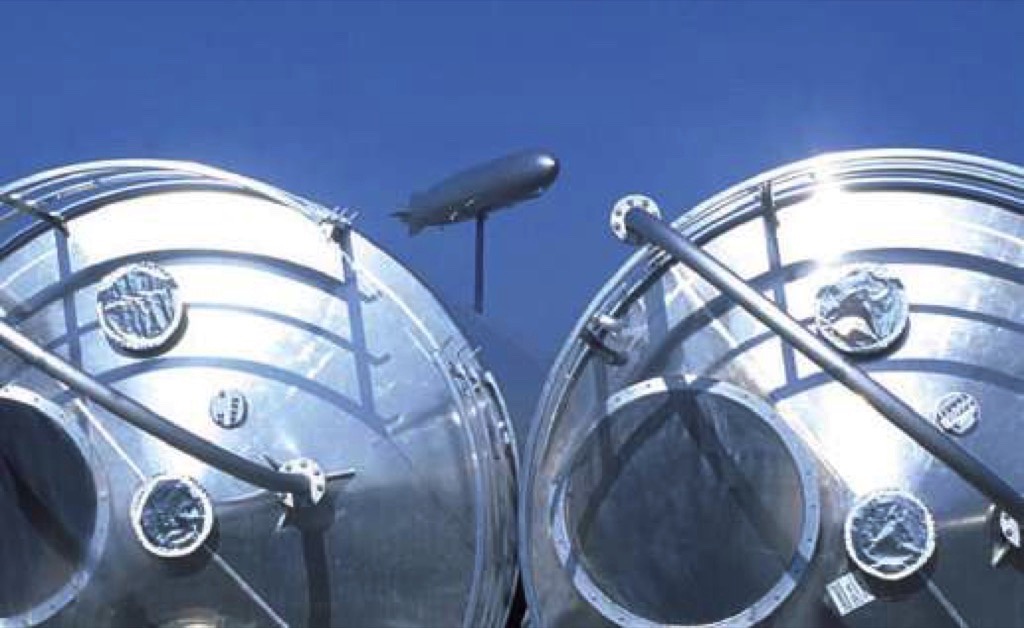
The first step was to specify what exactly was required from the software solution. This included software functionalities, the ERP (Enterprise Resource Planning) system interface, integration into current IT systems, market acceptance of the software, development potential, costs, and the overall usability of the software. In particular, great importance was attached to global usability of the software, as engineering collaboration across the globe had become increasingly important – specifically between the headquarters in Friedrichshafen, Germany, and the other branches – in China, India, Brazil, and the USA, among others.
Utilization of CAE Software
After exhaustive comparative studies had been conducted the company selected Siemens' Comos software solution in 2008. The software won the Zeppelin Systems management over, thanks to its consistent system solutions for process engineering, in conjunction with its engineering solutions for mechanical and electrotechnical components, object orientation, integrated database, open software architecture, and multilingual options. Since the software has been successfully implemented, international project teams have been working with Comos and have constant access to transparent, consistent engineering data. The error probability in plant processing and engineering has been minimized, while the development time has been reduced, and costs have been lowered. In addition, the open software architecture guarantees easy connection between the engineering software and the ERP system.
| About Comos | |
| Lifecycle EngineeringAccording to Siemens, Comos is the worldwide only software to carry out integrated plant asset management projects over the entire life cycle of an industrial plant. Its standard data platform provides plant design engineers, plant operating personnel, company management, and solution partners with a continuous flow of data that meet their specific needs across all project phases. | |
The engineering software is currently being used for drafting PFDs (Process Flow Diagrams) and P&IDs (Piping and Instrumentation Diagrams), as well as for generating component specifications (data sheets), whereby successive customized software adjustments are carried out. In this case, individual solutions are beneficial, such as using a master/slave system. Such a system enables numerous master specifications to be transmitted to slave objects or use of the software's own highly-efficient query technology.The company currently holds around 90 licenses, but assigns order processing, E&IC (Electrical, Instrumentation and Control; only for the instrumentation), and process engineering (generation of flow diagrams) to various departments. In the meantime, the software has been used for more than 70 project tenders, as well as for generating simple flow diagrams with data sheets, and for a further approximately 120 projects – ranging from engineering a simple conveying track to a complex logistic center.
Causing Satisfaction through Positive Results
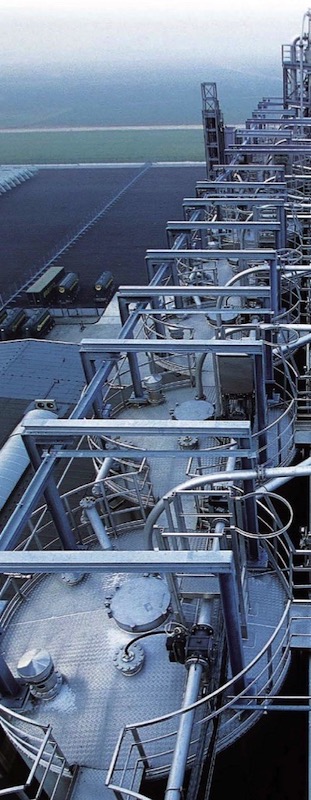
The quality of plant engineering has significantly improved since the software has been introduced. Thanks to the integrated database and the software's object-oriented approach, the engineering process now is far more transparent. This has resulted in an improved exchange of information between the various technical departments. Alterations to specifications in terms of component management are implemented immediately, then being visible straight away for further processing. In the log file, the alteration can be commented upon or justified so as to provide further information. This log file can be attached to the component object. Consistent data management also leads to improved unit label quality. If any amendments are needed to be made to the unit labels, these are transmitted consistently and automatically to the relevant specifications, lists, and other documentation.The integrated database and the use of working layers provide the engineers with peace of mind, assured that they are always working on the latest version. Thanks to the use of query technology in the engineering software, it is relatively simple to check engineering results, which in turn leads to consistent plant processing and engineering at Zeppelin Systems. The more experience the staff gain in using the software, the better they can put the integrated engineering software's potential to use. Previous experience of customer-specific software adjustments can be utilized along with other data, resulting in continual improvements. ”My colleagues have taken to Comos very much”, comments Tobias Schlunski, Administrator for Comos at Zeppelin Systems GmbH. He adds, ”in Version 9.2 the software performance has significantly improved. We are achieving the desired results in no time at all.”
International Project Teams and Future Engineering
A crucial criterion in selecting the software was that international project teams could work with it. Alongside the version checks, the multilingual system also played a key role. Once the software had been successfully used in projects at the Friedrichshafen headquarters, a number of projects were already being processed together with branches in China and India, with the support of Comos. In doing so, flow diagrams and specifications were partly prepared in Friedrichshafen and then finalized in India according to local supply quotas. Access to the integrated data structure has saved significant amounts of time. Furthermore, better use can be made of international resources. Based on experience already acquired, further branches in China, the USA, and England will soon follow suite and be working with the software too.
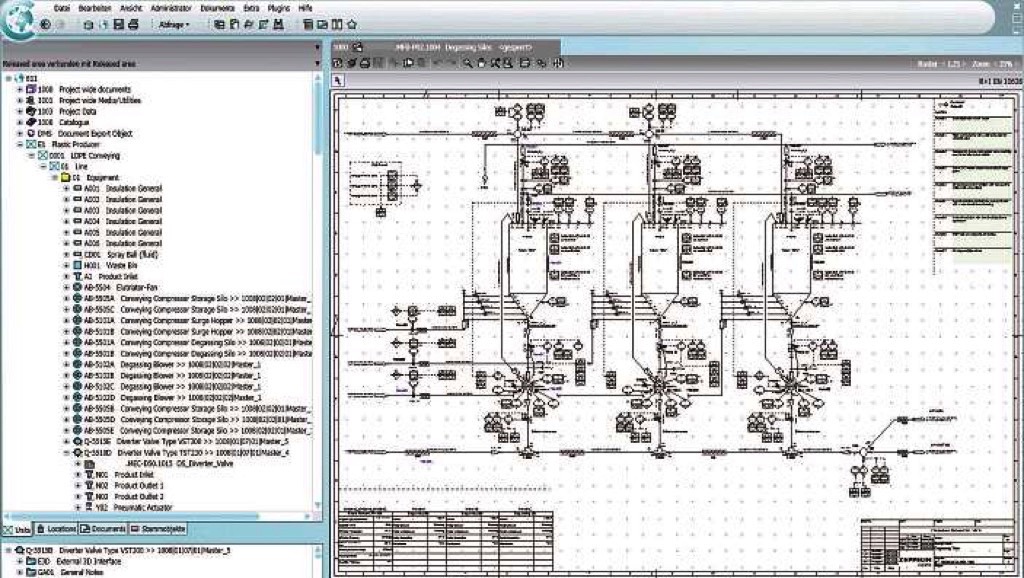
In the future, Zeppelin Systems plans to further expand into the electrical engineering sector. Here, the software's integrated engineering approach should also prove beneficial in cabinet engineering and automation. This expansion should enable the company to offer its customers a wider range of engineering solutions. What's more, the company also plans to connect the engineering software to the SAP ERP system to further increase their efficiency. The results achieved to date have been perceived very positively by the management. ”All in all, Comos has been a success story at Zeppelin Systems. We were soon able to convince those with initial reservations, as we standardized as well as improved operational processes, and thereby significantly increased the productivity of our plant engineering. However, we see even more scope for improvement and we haven't finished developing yet,” summarized Mark Niestroj when asked about using the software.
A Note from the Editor
For all statements in this article that refer – directly or indirectly – to the time of publication (for example “new”, “now”, “present”, but also expressions such as “patent pending”), please keep in mind that this article was originally published in 2012.
| About the Author | |
| Ingo KaiserThen Marketing Communications ManagerIndustrial Automation SystemsSiemens AG, Germany |
■










